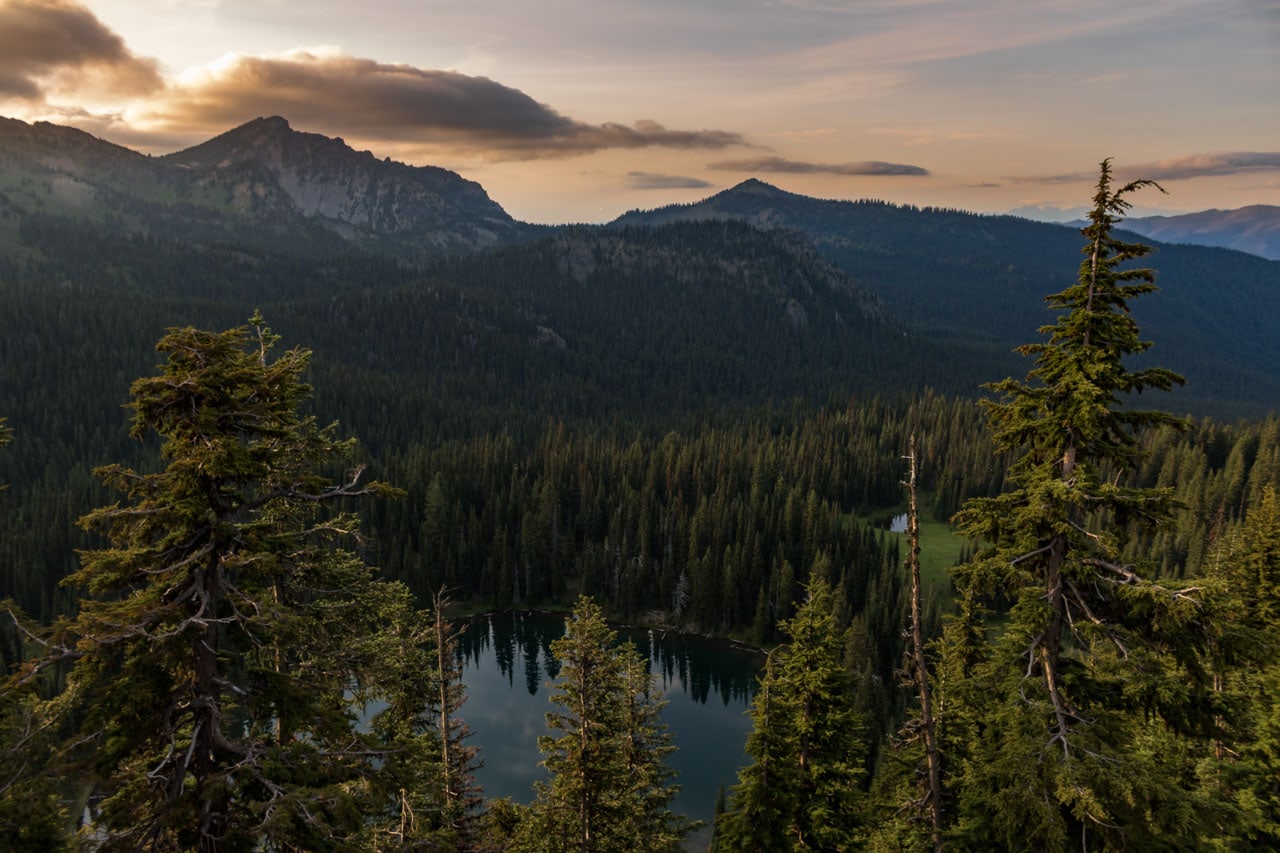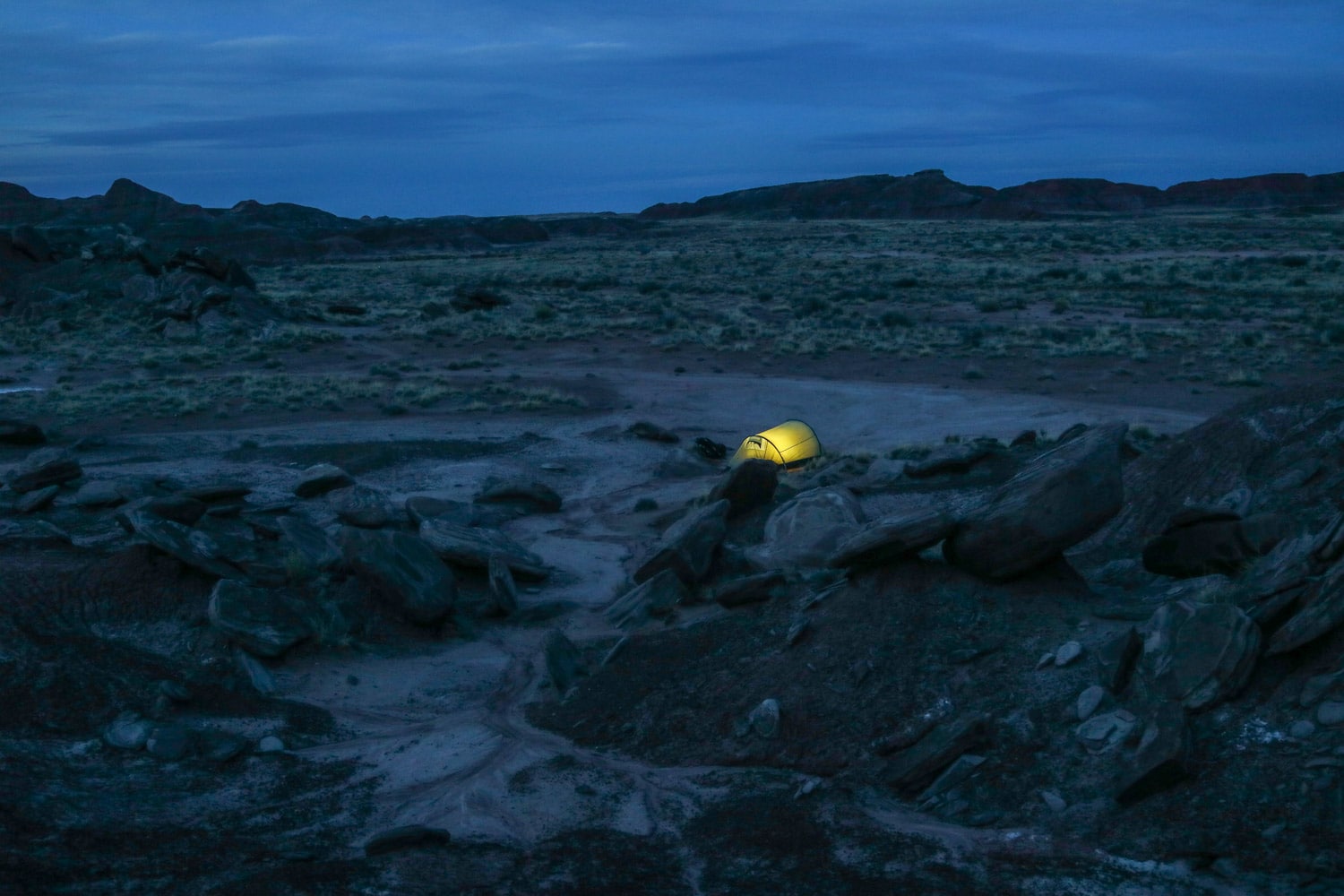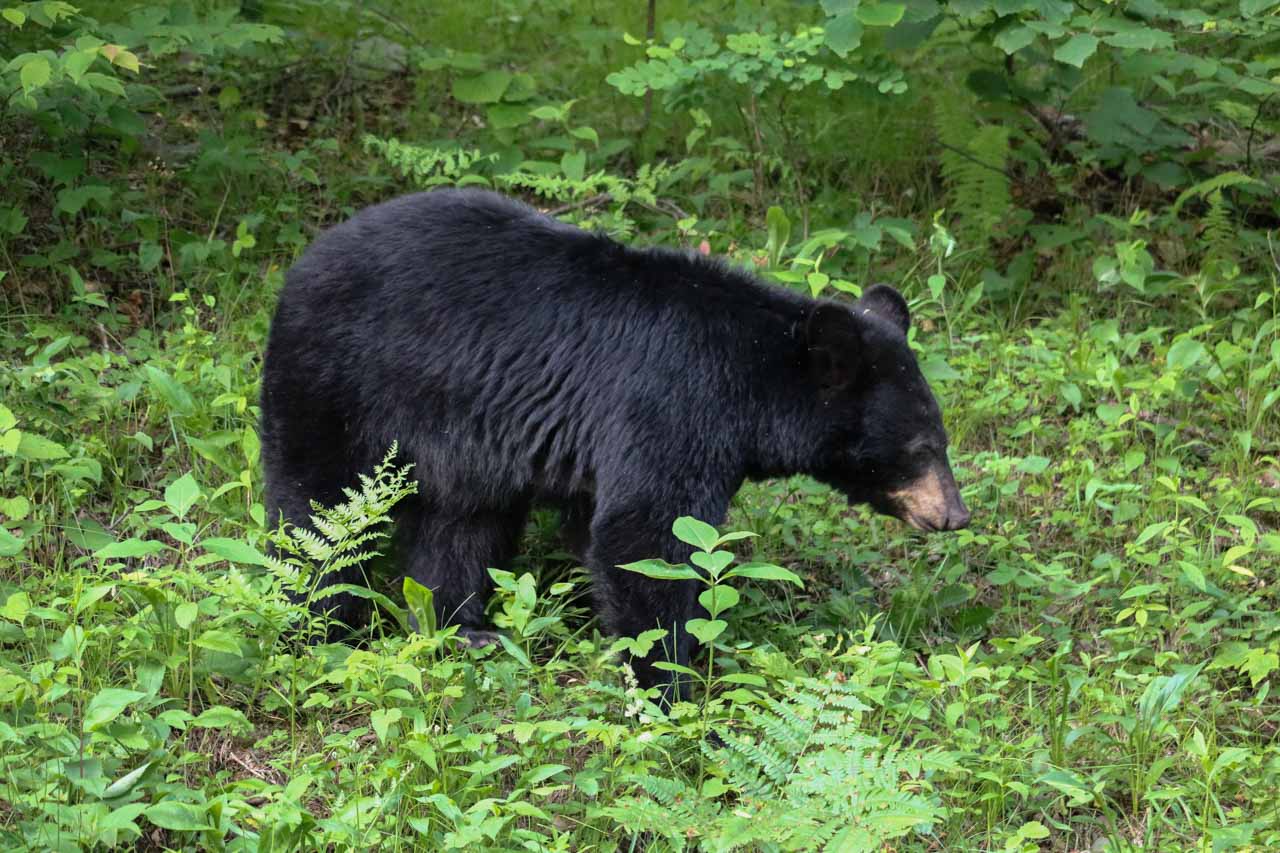When you decide to go on an extreme adventure holiday, whether it’s exploring the depths of the jungle or trekking through the world’s most treacherous mountain ranges, you have to take some time to learn the basic yet vital survival skills to keep you safe and healthy.
Even the most well-planned expedition may experience some hiccups along the way, and you have to be ready to do what’s necessary to stay out of harm’s way.
If you have a trip coming up and want to increase your knowledge of how to stay safe in the wild, read on to uncover some of the best wilderness survival tips.

Finding Food
Finding your own food within nature should be done with the utmost caution. Failing to follow vital steps before consuming anything you find could leave you in a deadly situation, so always be careful.
Small animals such as rabbits, squirrels, birds and fish are common in most locations, and simple traps can be used to catch them. For example, if you find yourself near a stream, seek a section which is small enough for you to place some rocks and make a kind of dam.
This can be done using logs, rocks, or plants, almost anything will work as long as it’s heavy enough to stand its ground against the current. Pile them all together to slow down the flow of water, and wait for the fish to reach your trap. Catch them using a net, or a knife if you’re fast enough!
If you are sure that you recognize and identify a fruit or vegetable that you have consumed in your normal daily life, taking it from the tree or ground should be safe.
Ensure that you check thoroughly for bugs as they can bury themselves within leaves, and could be poisonous when consumed accidentally.
Never eat anything that you cannot be certain of, even if it looks completely harmless, as some berries and similar fruits can be deadly to humans.

Building A Camp
The best place to build a camp in the wild depends on your location. If you’re in a place that’s prone to rain, the higher you go the safer your lodgings will be as water can easily flood through the night whilst you sleep unbeknownst.
To get a sturdy structure, choose to create your camp around a strong tree that can support whatever walls you are able to make with whatever is around you.
Identify the direction of the wind and make sure that you are protected, as temperatures drop dramatically at night, especially in typically hotter climates.
Another important feature is a campfire. If you’re not sure how to start a fire there are actually many ways that require skills and determination but are still as effective as a match when you are without. It’s common that you will lose your lighter or any other equipment that you need to make a fire easily, so learning how to do it with what you find in your environment is very important.
A campfire is also useful for hunting, as it’s unlikely you’ll be able to consume any meat that you have found without thoroughly cooking first.
Try to create a platform on which you can sleep, as many creepy crawlers will be making their way across the ground and it’s unlikely you’ll want to to find them in among your bed sheets.

Defending Yourself
Meeting animals is likely going to be a part of your journey, and some of them can pose a threat. Knowing how to defend yourself against the species you may encounter is very important, as your life may be at risk if you handle the situation badly.
If you meet a bear, the best thing to do is back away slowly in the direction you came from. Do not try to assert your dominance, especially if cubs are around.
If rattlesnakes may be an issue, find a branch that is long enough to act as a kind of walking stick. Use this to beat the ground in front of you, as this can cause any creatures to flee, and if you spot a snake you can attempt to knock it out of your path before it comes too close. It’s likely that they will be as scared of you as you are of them, so just hit any bushes that can make a sound and try to make them change direction.
Cover your skin where possible to reduce the chances of you picking up any extra riders along the way, as ticks and other bugs that attach to your skin are common and can cause a lot of pain.
It’s often hard to identify when you have one without a lot of light and time before it begins to travel further inside, so preventative measures should definitely be taken if you know that you may meet these kind of critters during your adventure.
Staying safe and healthy on a crazy adventure trip should be one of the most important things you consider at all times, both during its planning and execution.
Finding enough food to sustain your needs can be easy when you learn a few basic skills such as fishing, and how to identify the edible plants from those that may pose a risk.
Never take chances when it comes to eating in the wild, as there are many things that can cause your body a lot of harm, and medical assistance may be hours away.
Identify the best location to build your camp, usually on higher ground, and place your bed elevated above the floor to stay away from the animals and insects that crawl out at night.
Protect yourself from the wind and rain by making use of whatever you have around you and create a campfire to keep warm and use for cooking!
